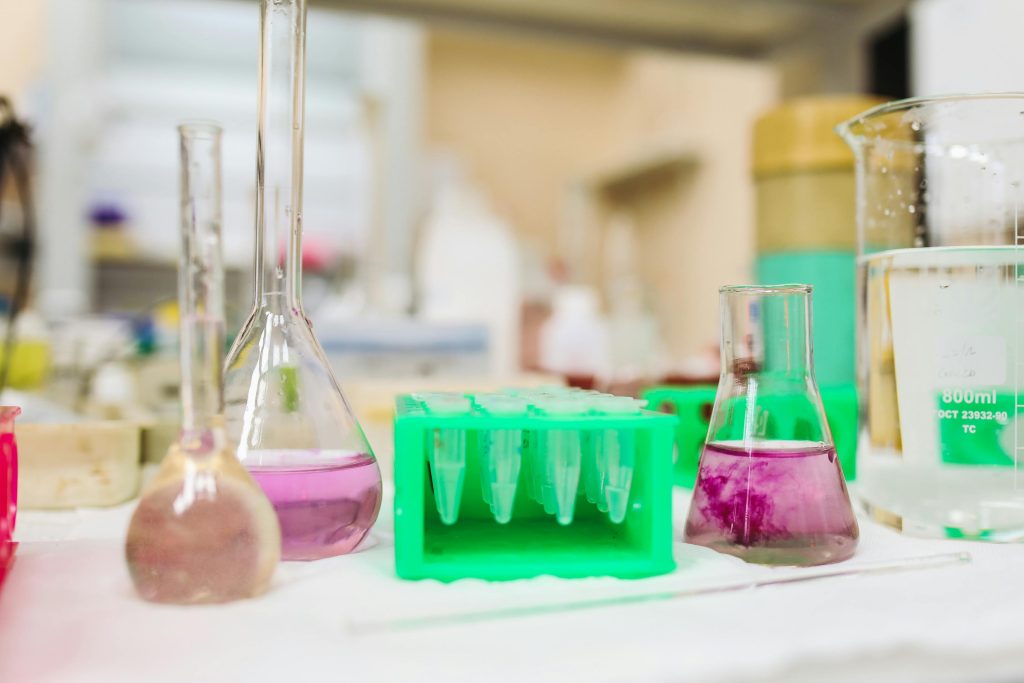Drone technology has been used in various fields including scientific research. Drones have become important tools for researchers which can enable them to collect data more efficiently, safely, and cost-effectively. In Sydney, where creative projects and partnerships are up on to rise. Now Drones are used for breaking boundaries in research from monitoring the environment to delivery of healthcare. This blog post explores the role of drones in scientific research, highlighting their applications, benefits, and the future of this transformative technology.
The Evolution of Drone Technology
Drones have grown significantly with their inception. Firstly drones are used for military purposes which can transitioned into civilian applications that include agriculture farm, monitor environment, and healthcare. With the improvement in technology, drones are prepared with high-resolution cameras, LiDAR systems, and AI capabilities that allow precious data collection and analysis.
Applications of Drones in Scientific Research

1. Environmental Monitoring
Drones are highly used for monitoring environments which can provide data. The researchers can collect data over dangerous areas quickly.
- Biodiversity Assessments: Drone can be prepared with high-resolution cameras that can capture attractive aerial images of ecosystems. It can help the researchers assess biodiversity and monitor changes over time.
- Coastal Monitoring: The Water Research Laboratory at NSW Sydney uses UAVs for monitoring coastal which can enable the accurate data mapping of beach erosion and wetland health.
- LiDAR Technology: Drones have also read with LiDAR systems which can create detailed topographical maps. These are important for studying vegetation and changes in land used.
2. Agricultural Research

In agriculture, drones help you to optimize crop management and increase yields.
- Precision Agriculture: Drones can monitor the health of crops that can assess soil conditions, and pesticide application, and show more sustainable farming practices.
- Data Collection: Using UAVs that can provide real-time data collected and analyzed to make informed decisions about crop management, irrigation, and pest control.
3. Healthcare Delivery
Drones are transforming the delivery of healthcare especially in rural and remote areas.
- Wildu Aero Project: Sydney University is creating a hydrogen-fuelled medical drone to deliver necessary health services to underserved communities. They aim to bridge health inequities can provide timely medical assistance and telehealth sources.
- Emergency Response: Drones are always ready for disaster situations. They can deliver medical supplies and assess the damage can cause to improve response times and protect lives.
Advantages of Drones in Scientific Research

1. Cost-Effectiveness
Drones can reduce the costs as compared with the traditional data collection methods. It hasn’t used the need for extensive manpower and tools for doing research. These drones are more affordable.
2. Safety
Drones have flown to dangerous areas or unreachable areas without any risk to human lives. This ability is more valuable in environmental monitoring and disaster response.
3. Efficiency
Drones can capture large areas for a fraction of the time that can take traditional methods. This effectiveness can allow the researchers to collect more data and make decisions in time.
Challenges and Considerations

Drones can offer some advantages. It can also present challenges that researchers must navigate.
1. Regulatory Issues
In Australia, when you are performing drone operations. They must follow the regulations given by the Civil Aviation Safety Authority (CASA). Researchers must follow strict guidelines to ensure safety and compliance.
2. Data Privacy
This must be a rise when using drones everyone must be concerned about data privacy, mainly in urban areas. The researcher must follow privacy laws and ethical respects when collecting data.
3. Technical Limitations
The improvement of drones has limitations, such as battery life and payload capacity. Experimenters must think about these factors when planning their studies.
Future Trends in Drone Research
The future of drone technology in scientific research looks promising, with many trends on the horizon.

1. AI Integration
There is the integration of artificial intelligence in drone technology will improve data capabilities that can allow for more sophisticated insights from collected data.
2. Enhanced Autonomy
The future of drones is likely to improve their feature independently enabling them to operate without human interaction which is important for long-term monitoring projects.
3. Sustainable Practices
The growth of the environment that concerns the development of sustainable drone technologies, such as hydrogen-fuelled drones is increasingly important. Projects like the Wildu Aero Project exemplify this shift towards sustainability.
Conclusion
Drones are breaking boundaries in scientific research which can offer innovative solutions to traditional challenges. From environmental monitoring to healthcare delivery, the applications of drone technology are extended and varied.
The continued growth of this technology that can cooperate between universities, industry, and government is the way to future improvement in drone technologies. Upload Enterprise is at the forefront of this movement which can provide drone photography and videography services that support research initiatives and contribute to a deeper understanding of our world.
